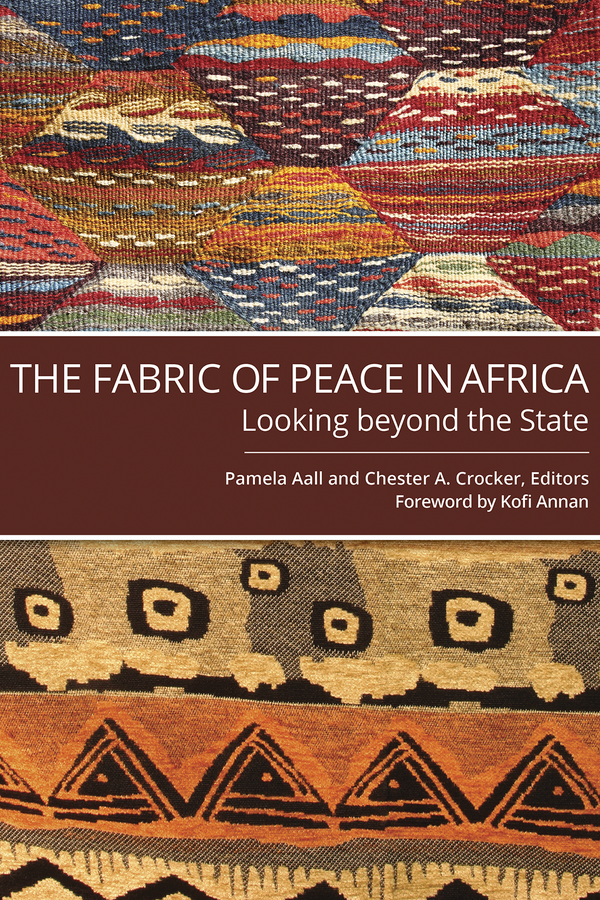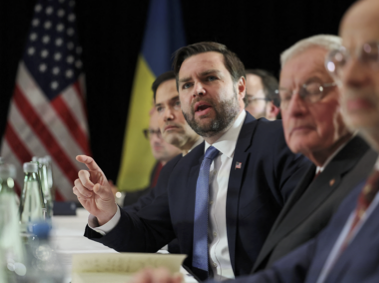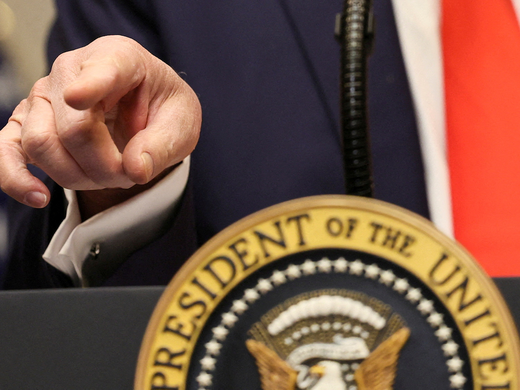Foreword by Kofi Annan
Africa has experienced dozens of conflicts over a variety of issues during the past two decades. Responding to these conflicts requires concerted action to manage the crises — the violence, political discord and humanitarian consequences of prolonged fighting. It is also necessary to address the long-term social and economic impacts of conflict, to rebuild communities, societies and states that have been torn apart. To accomplish this requires the involvement of institutions and groups rarely considered in formal official African conflict management activities: schools, universities, religious institutions, media, commercial enterprises, legal institutions, civil society groups, youth, women and migrants. These groups and organizations have an important role to play in building a sense of identity, fairness, shared norms and cohesion between state and society — all critical components of the fabric of peace and security in Africa.
This volume brings together leading experts from Africa, Europe and North America to examine these critical social institutions and groups, and consider how they can either improve or impede peaceful conflict resolution. The overarching questions that are explored by the authors are: What constitutes social cohesion and resilience in the face of conflict? What are the threats to cohesion and resilience? And how can the positive elements be fostered and by whom?
The second of two volumes on African conflict management capacity by the editors, The Fabric of Peace in Africa: Looking beyond the State opens new doors of understanding for students, scholars and practitioners focused on strengthening peace in Africa; the first volume, Minding the Gap: African Conflict Management in a Time of Change, focused on the role of mediation and peacekeeping in managing violence and political crises.



